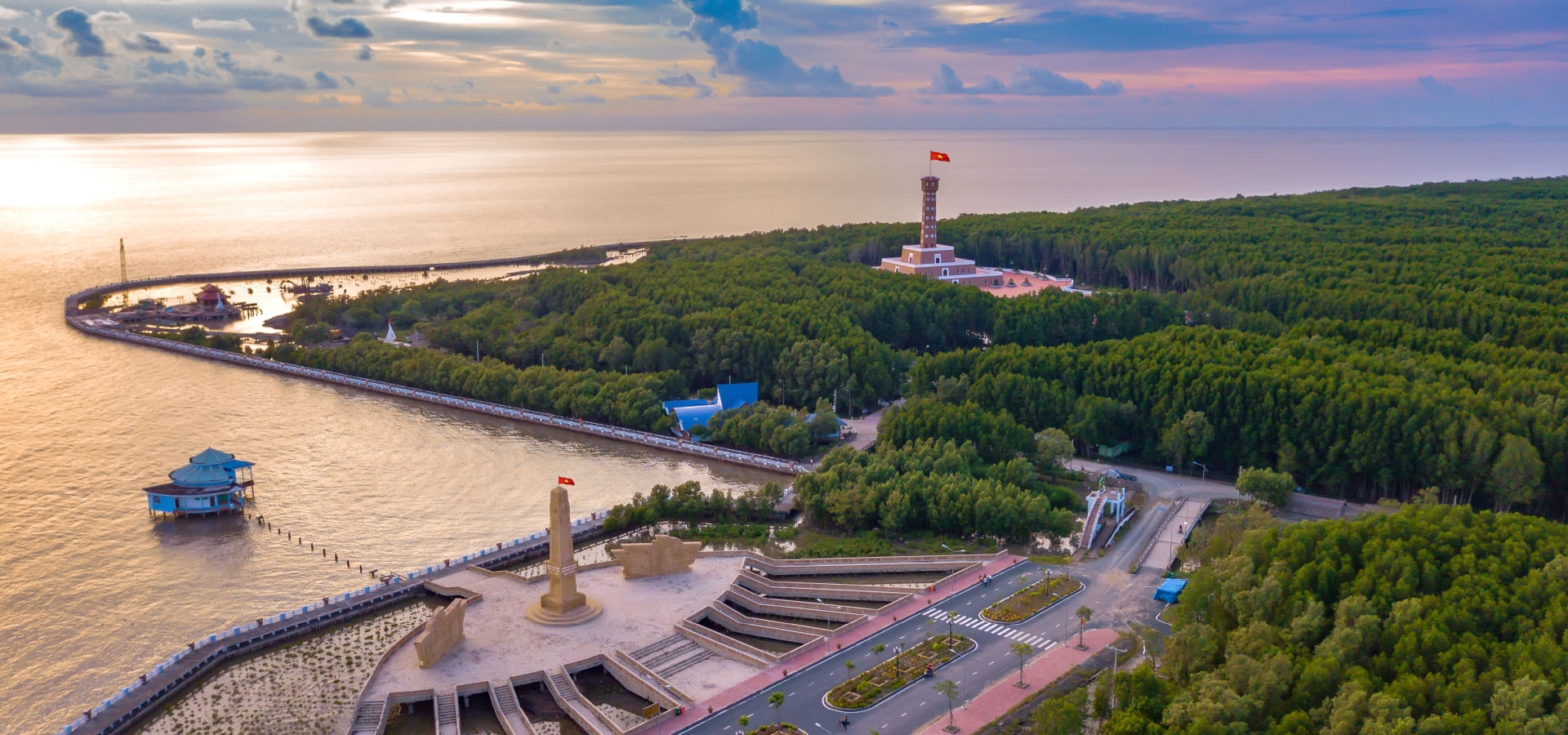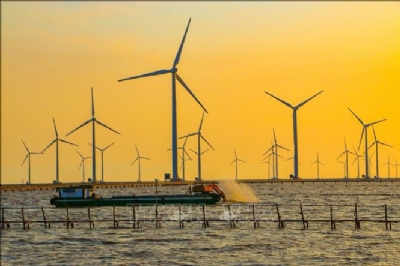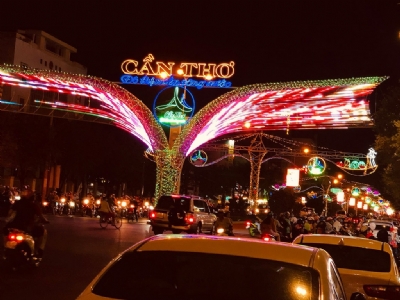CÀ MAU
Ca Mau - a sacred land of the country, where the place of Mui still stands day and night like the last small dot on the S-shaped country map. Ca Mau appears with the image of a flooded forest area. large and majestic, where mangroves are associated with life and people live by fishing.
The southernmost land of the country - Ca Mau river is a destination that attracts tourists because of its sincere and honest people and the natural scenery of the lyrical river region.
Cape Ca Mau - the southernmost point of the country
Cape Ca Mau – the southernmost part of the country is a land that was discovered in the late 17th century and early 18th century associated with the gathering life of three ethnic groups: Vietnamese, Chinese, and Khmer. Therefore, there is the interference of multi-ethnic cultural activities expressed through many rich and unique customs and practices.
At Ca Mau cape, visitors can visit the national landmark, the symbol of the boat of the cape. The feeling of setting foot on the southernmost land of the country, feeling the fresh and cool air blowing in from the sea will be unforgettable impressions.
U Minh Ha National Forest
Located in two districts of U Minh and Tran Van Thoi, U Minh Ha National Park is a famous eco-tourism destination of Ca Mau province.
U Minh National Forest is divided into 2 regions: upper and lower. Upper U Minh belongs to Kien Giang province and lower U Minh forest belongs to Ca Mau province. U Minh Ha National Forest has a very dense and diverse flora and fauna. Sitting on a boat in the middle of the pristine forest is an experience visitors should try.
Silver stone
Going to the center of Ca Mau city, following the provincial road through the U Minh forest, the hometown of the "liar" king of Ba Phi about more than 40 kilometers will come to a beautiful and interesting island cluster with many wild features. This is a cluster of islands lying about 50m above sea level, including adjacent islands: Troi island, Ong Ngo island and Da Bac island with a total area of about 6.4 hectares, belonging to Kinh Hon hamlet, Khanh Binh Tay commune. , Tran Van Thoi district, Ca Mau province.
This is also a place to keep the historical values of the nation and is classified as a National Historic Site.
Ca Mau Mangrove Forest
About 60 km from Ca Mau city and after more than an hour by speedboat, visitors will discover Ca Mau mangrove forest - the second largest mangrove forest in the world, after the Amazon forest in South America. Seen from above, Ca Mau mangrove forest looks like a green carpet suspended in the sky.
This place has a very rich and diverse vegetation, with many species of trees such as: mangrove, fish, parrot, cork, da, su, toad, da, date, fern, vines...
Coming to Ca Mau mangrove forest, visitors can breathe the fresh air; learn to explore Vam Lung wharf - the opening of the Ho Chi Minh road on the sea, to see Hon Khoai island, Khai Long beach, learn about ship battles on the Tam Giang river; can watch pineapple fishing, catching crabs, woolen snails, cockles, clams... under the forest canopy; enjoy the specialties of the forest, of the sea…
Hon Khoai Island
Hon Khoai has an area of about 4 km2, located in the East - South of Ca Mau Cape, 14.6 km from the mainland (the nearest place), in Tan An commune, Ngoc Hien district. The top of the island is 318 m high above sea level.
Hon Khoai also has many different names such as: Giang Tien Island, Independence Island. Particularly, the locals also call it Hon Khoai because its shape looks like a giant potato.
Made up of 5 beautiful small islands: Hon Khoai, Hon Doi Moi, Khoai Island, Da Le Island, Hon Tuong, Hon Khoai Island is a wonderful picture of nature with year-round green forests, clear blue beaches and beautiful scenery. fine white sand. This is a place not to be missed when traveling to Ca Mau.
Bird Garden
Ca Mau is the only place with a bird sanctuary in the city, with many species of storks such as white storks, cauldrons, le le, and water ducks. This place is suitable for those who love nature and animals.
Tin tức liên quan





